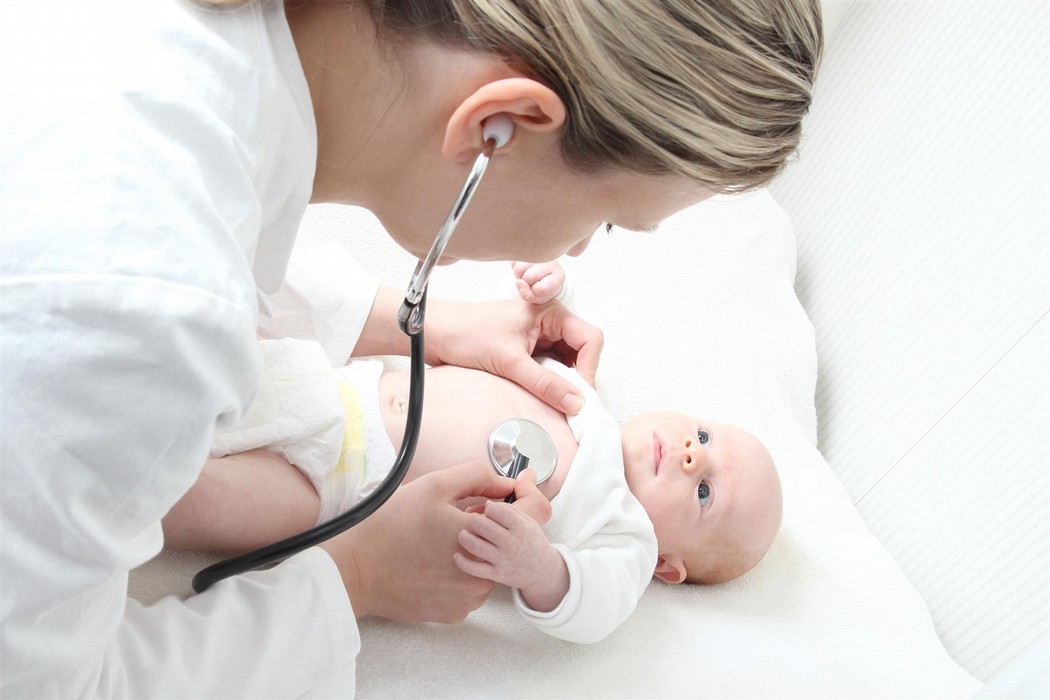
Sudden Infant Death Syndrome (SIDS): Here's What You Need to Know
What Is SIDS?
SIDS stands for sudden infant death syndrome and describes a condition where an infant under one year of age passes away in their sleep without any identifiable cause. While it cannot be cured or always prevented, there are many steps you can take to reduce the chances of SIDS. Your pediatrician will examine your baby for any possible risk factors and discuss safe sleeping guidelines with you.
SIDS is sometimes called by its older names crib or cot death. It is the most common cause of death for infants, once affecting as many as 4,000 children each year or just under 1 in 1000. While causes are not well understood, progress is being made with prevention. These numbers have been reduced by almost 60% with the introduction of the ‘Back to Sleep’ campaign.1
What Physical Factors Increase the Risk?
There are some physical indicators that might cause your children's doctor to determine there is an increased risk.2
- Brain defects might make an infant more likely to experience SIDS if the part of the brain that controls breathing and waking from sleep is impacted.
- Premature birth or low birth weight might mean the baby's brain still needs to mature in the areas that control breathing, heart rate, and heat regulation.
- Respiratory infections are serious for newborns and infants, and even a bad cold may contribute to breathing problems during sleep and increase the risk of SIDS.
- A family history of the syndrome slightly increases the chances.
The Best Prevention Is Your Awareness
While the physical risk factors may not be easy to control, you can make the biggest difference in reducing your baby's risk of SIDS by controlling the environmental factors that have been linked to the syndrome.
Ideal Sleeping Environment
Making your baby's sleeping environment safe and free of anything that might obstruct healthy breathing is key to lowering the risk.
- Infants should be placed on their back to sleep until one year of age.
- Sleeping surfaces should be firm—never soft, fluffy, or filled with air or water.
- Babies should sleep in the same room as a parent, but not in the same bed.
- The crib or bassinet should contain just the fitted mattress sheet—no pillows or blankets.
- Use warm sleepers if it's cool and never cover the baby's head when sleeping.
- The baby's sleeping room and play areas should be absolutely free of secondhand smoke and any strong chemical fumes.
- Avoid overheating issues by keeping the bedroom at a comfortable temperature for adults.
Back to Sleep
You may have heard of this campaign from your baby doctor because it has been one of the most successful prevention efforts in the fight against SIDS. This simple reminder might go against ancient advice but making this change has reduced the rate of sudden infant death syndrome by more than half and will reduce your child's chances of having a breathing issue while sleeping.
Make sure that every time you or anyone else lays your child down to sleep that they are placed on their back, not their side or stomach. Once your baby can roll over on his or her own at around six months, they may readjust themselves, but continue to put them on their back to sleep for the first year of life.
Don't assume everyone will know this and insist that no matter what family or friends may have heard in the past that they follow the back to sleep practice and do not use pillows, blankets, or soft sleeping surfaces when taking care of your baby.
The Flip Side: Tummy Time
Baby's heads are still growing, and too much time lying on their backs might give them a flat spot on the back of their heads. Preventing this and building strong neck and shoulder muscles is the reason pediatric doctors recommend tummy time for your baby.
Only when baby is awake and supervised, put down a blanket and let them play on their stomachs. Some soft toys and games will make this more fun. Just remember, don't leave your baby unattended in this position.
Myths and Misconceptions
There are some misunderstandings and outdated advice about sudden infant death syndrome causes that might confuse you or someone you know. Take a moment to review these misconceptions and make sure you have the real story.
Myth: It's okay for babies to sleep on their side.
For a short time, pediatricians advised the back or side positions, but this has since been removed from the recommendations because babies may roll from their side to their stomach.
Myth: Babies should lay on their tummies so they don't choke.
Actually, infants have a very good natural ability to turn their heads and clear that kind of obstruction but very little ability to lift their heads when face down.
Myth: There's a link between vaccines and SIDS.
This idea came about because of concurrent timing. The highest risk of SIDS is between two and four months of age, and reduces steadily up to one year, which is the same time frame when the important childhood vaccinations are given, but there is no connection.
Myth: Babies can “catch” SIDS.
SIDS is not contagious; it is not caused by a virus or bacteria and is not passed from one child to another.
The Global Effort to Find Out More
Researchers and pediatric specialists are combining forces internationally to find out how to prevent SIDS.3 By coming together to develop a research agenda and seek funding, physicians all over the world are working to solve this global problem.
The next steps in SIDS research will include:
- Identifying specific biomarkers to assist pathologists in confirming SIDS.
- Better understanding the role of genetic factors.
- Understanding what mechanisms impact the risk at different ages.
- Conducting more research on the role of abnormal or immature brain development.
- Determining what factors are involved when all recommended risk reduction steps have been taken.
Rest Easier with Expert Pediatric Advice
Keeping your baby safe and healthy is a parent's primary responsibility and worrying about SIDS is a natural reaction. Having all the right information will empower you to make the best decisions for your child's health now and throughout the coming years. Developing a relationship with an expert pediatric clinic will give you peace of mind.
Your trusted ally should be a pediatric doctor who specializes in the unique healthcare concerns of children. Rather than starting with a search for pediatricians near me, look for the best recommendations and services available. At Crystal Run Healthcare, we have created a pediatrician worksheet containing key questions you should ask to make sure you're making the best choice for your family's health.
When your child is sick, you want the highest level of care and experts standing by, which is why Crystal Run Healthcare offers extended evening and weekend hours. With a pediatrician available 24/7 to answer your questions by phone, you can avoid emergency room visits and get the urgent care you need from the team you trust. If you are worried about your child's health or are looking for a new pediatrician, we are ready to partner with you in support of your family's optimal wellness.
Sources:
- https://sids.org/american-sids-institute-publishes-top-research-priorities-in-sudden-unexpected-infant-death/
- https://www.mayoclinic.org/diseases-conditions/sudden-infant-death-syndrome/symptoms-causes/syc-20352800
- https://sids.org/american-sids-institute-publishes-top-research-priorities-in-sudden-unexpected-infant-death/

 Optum Radiology at Crystal Run Healthcare
Optum Radiology at Crystal Run Healthcare Request medical records online
Request medical records online